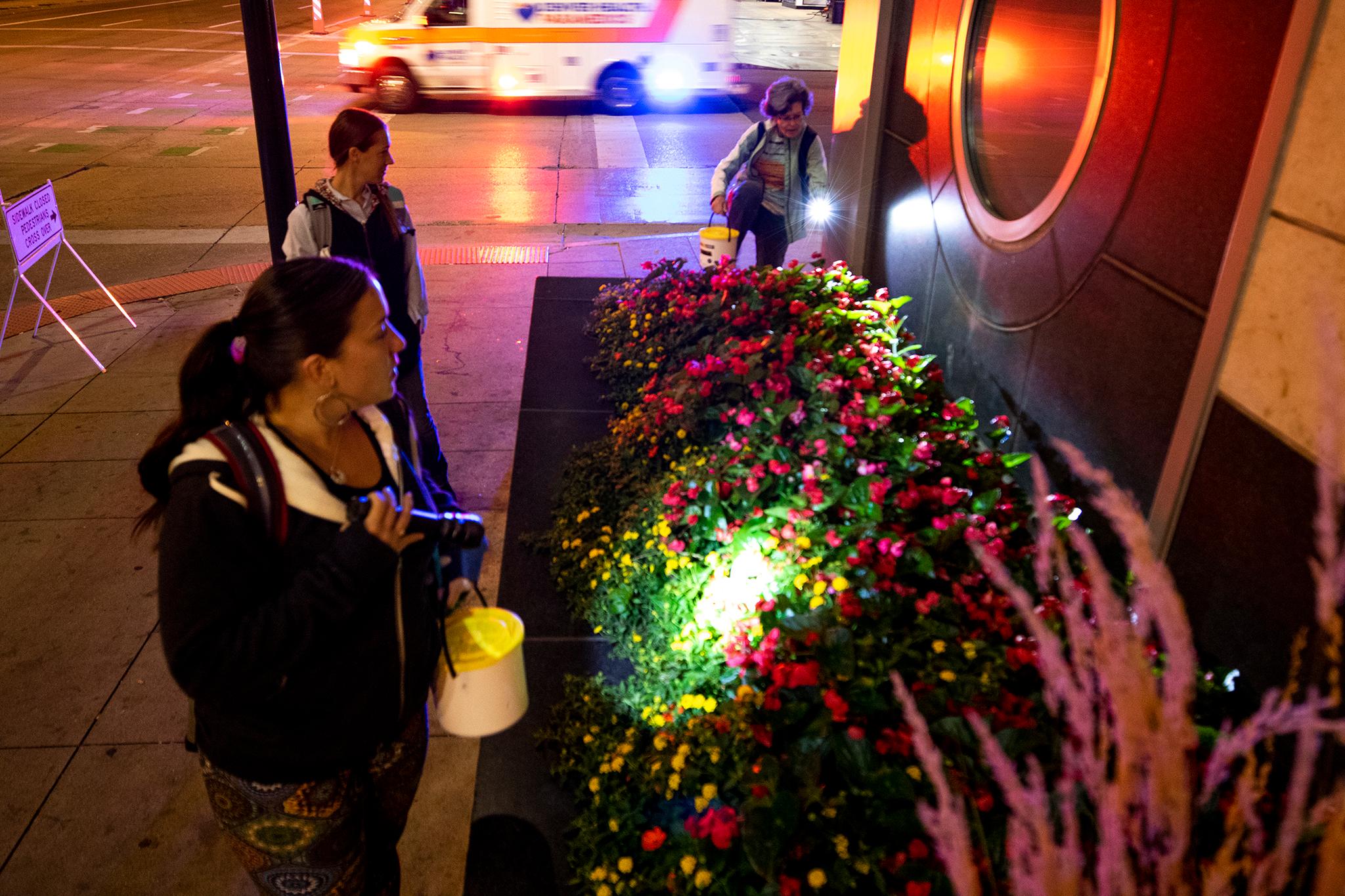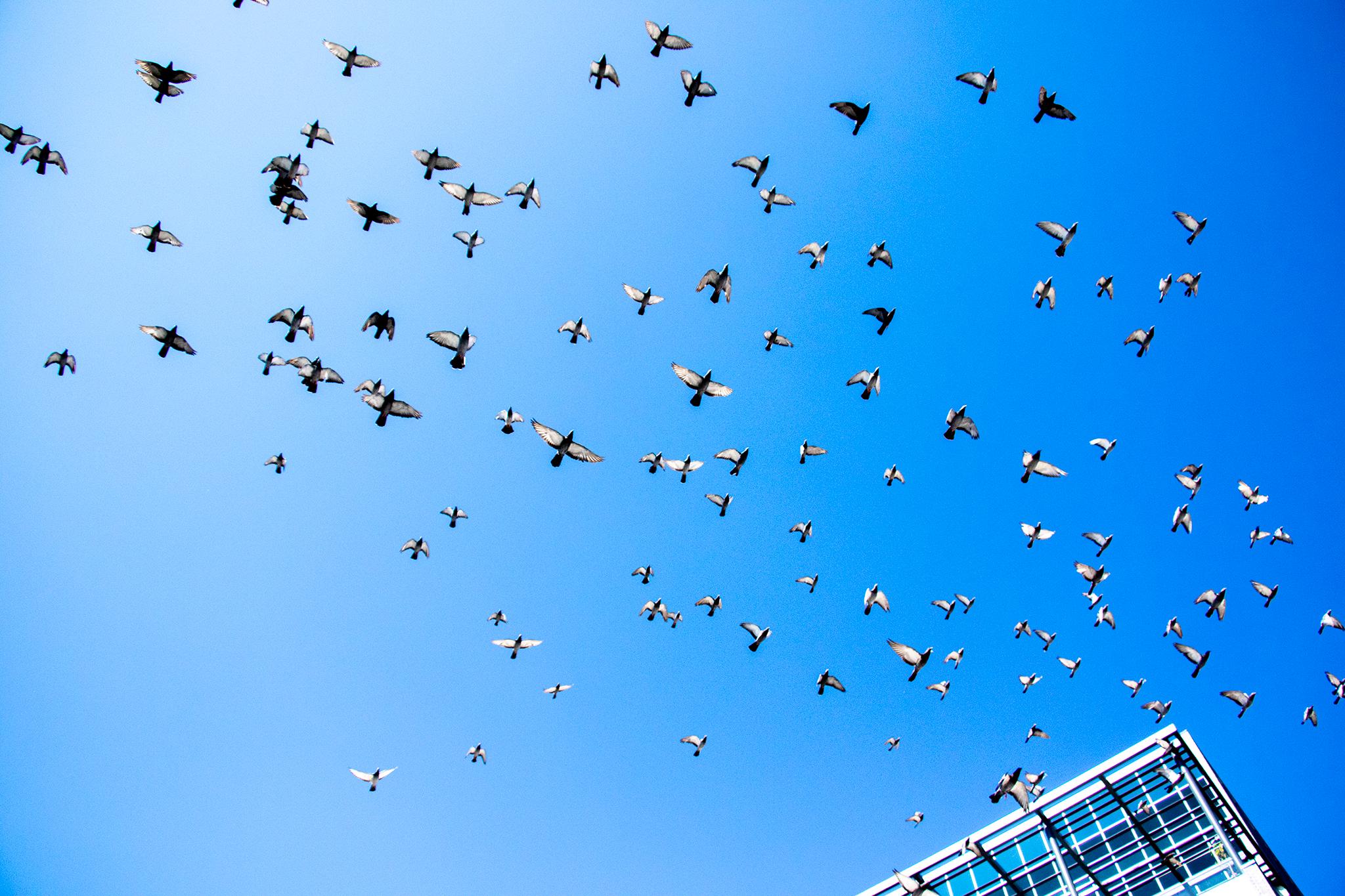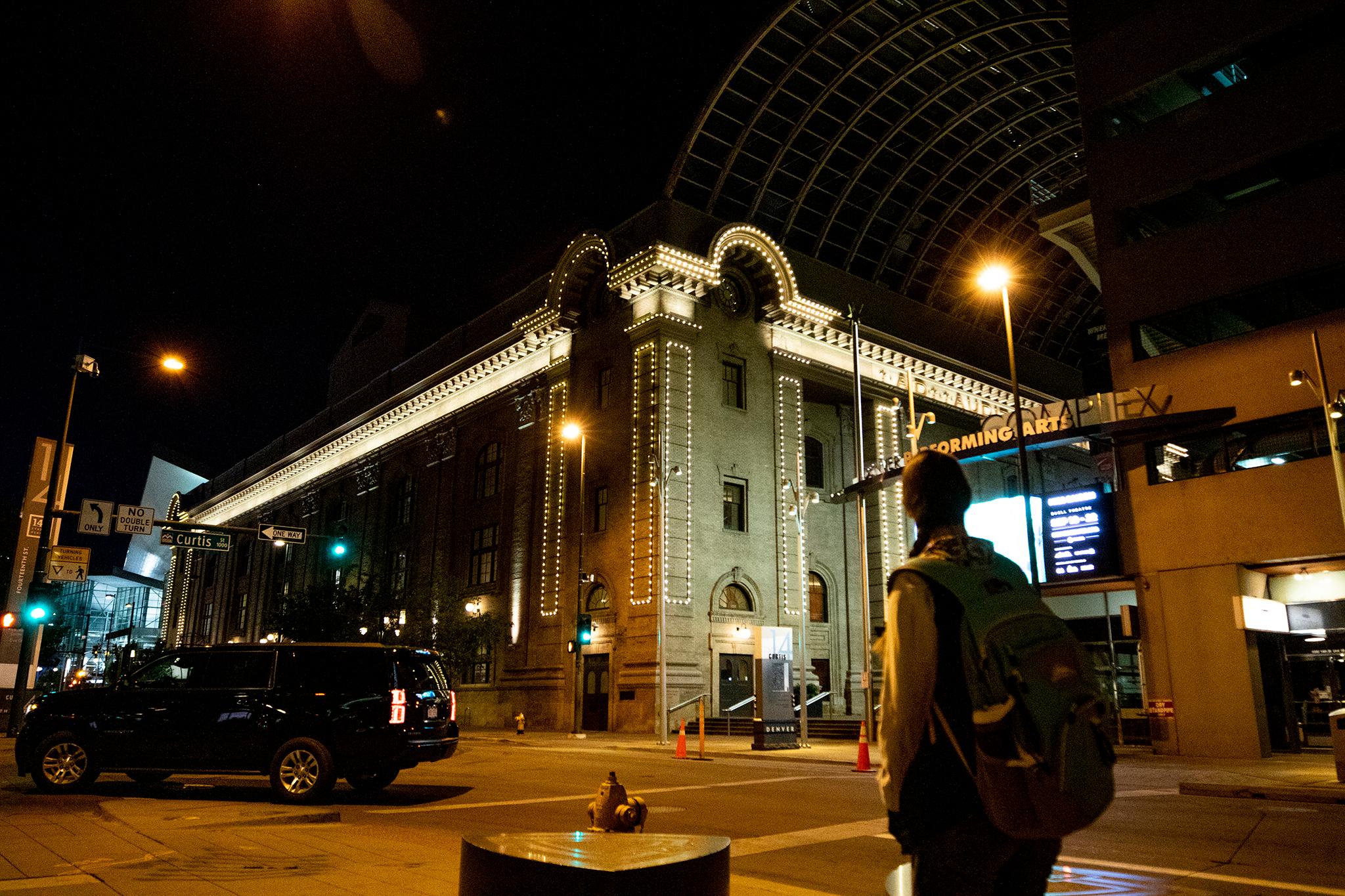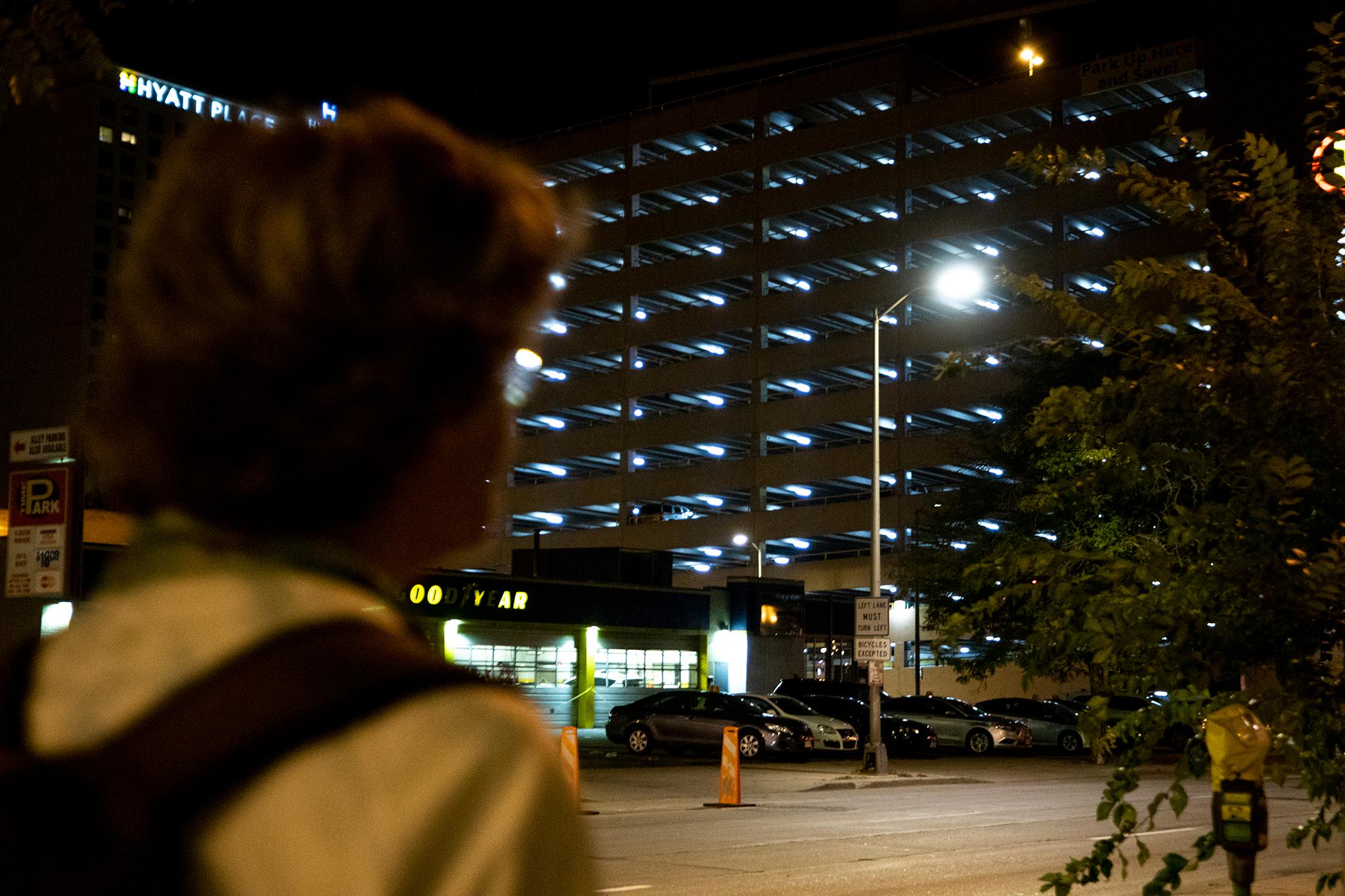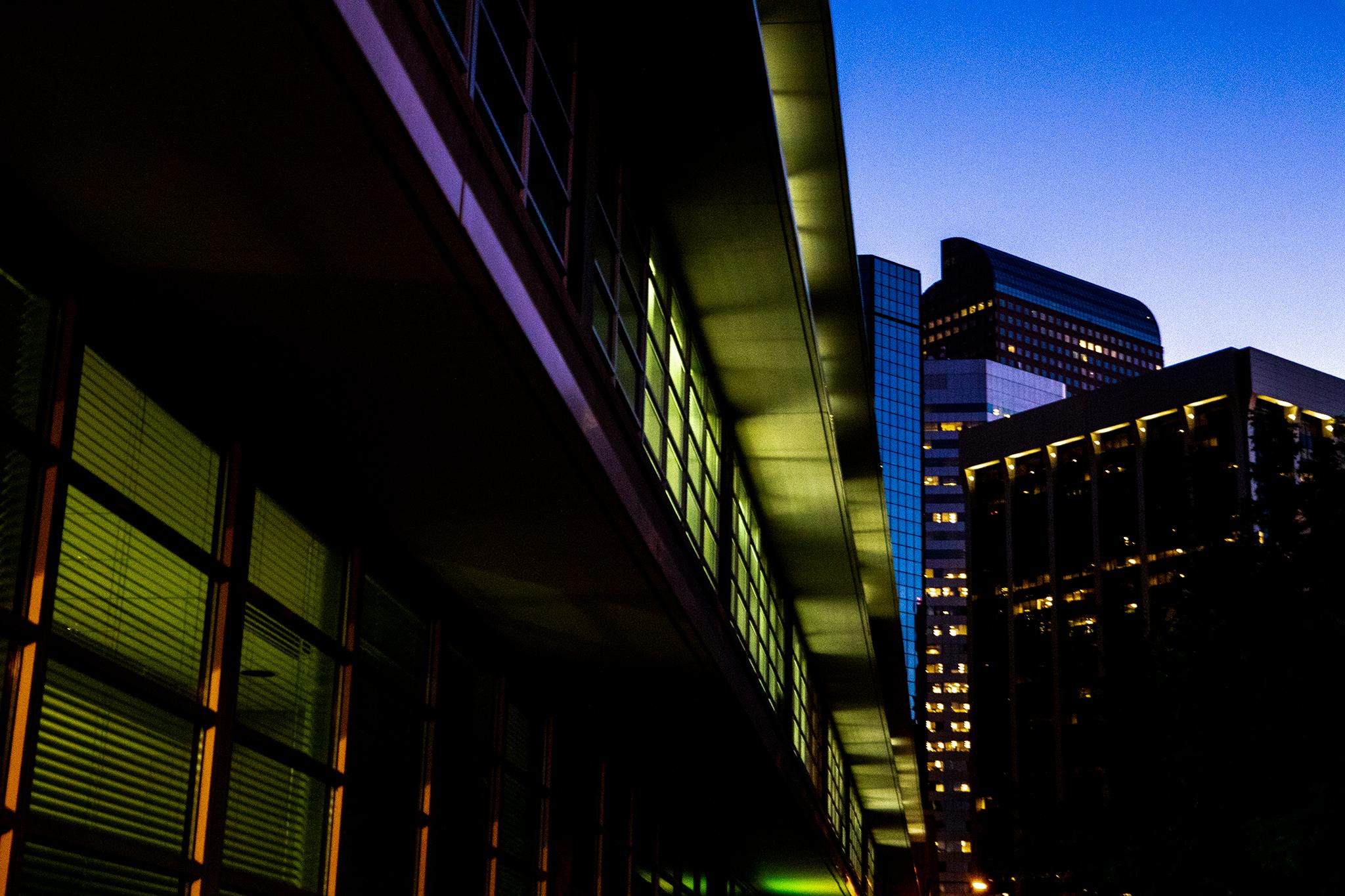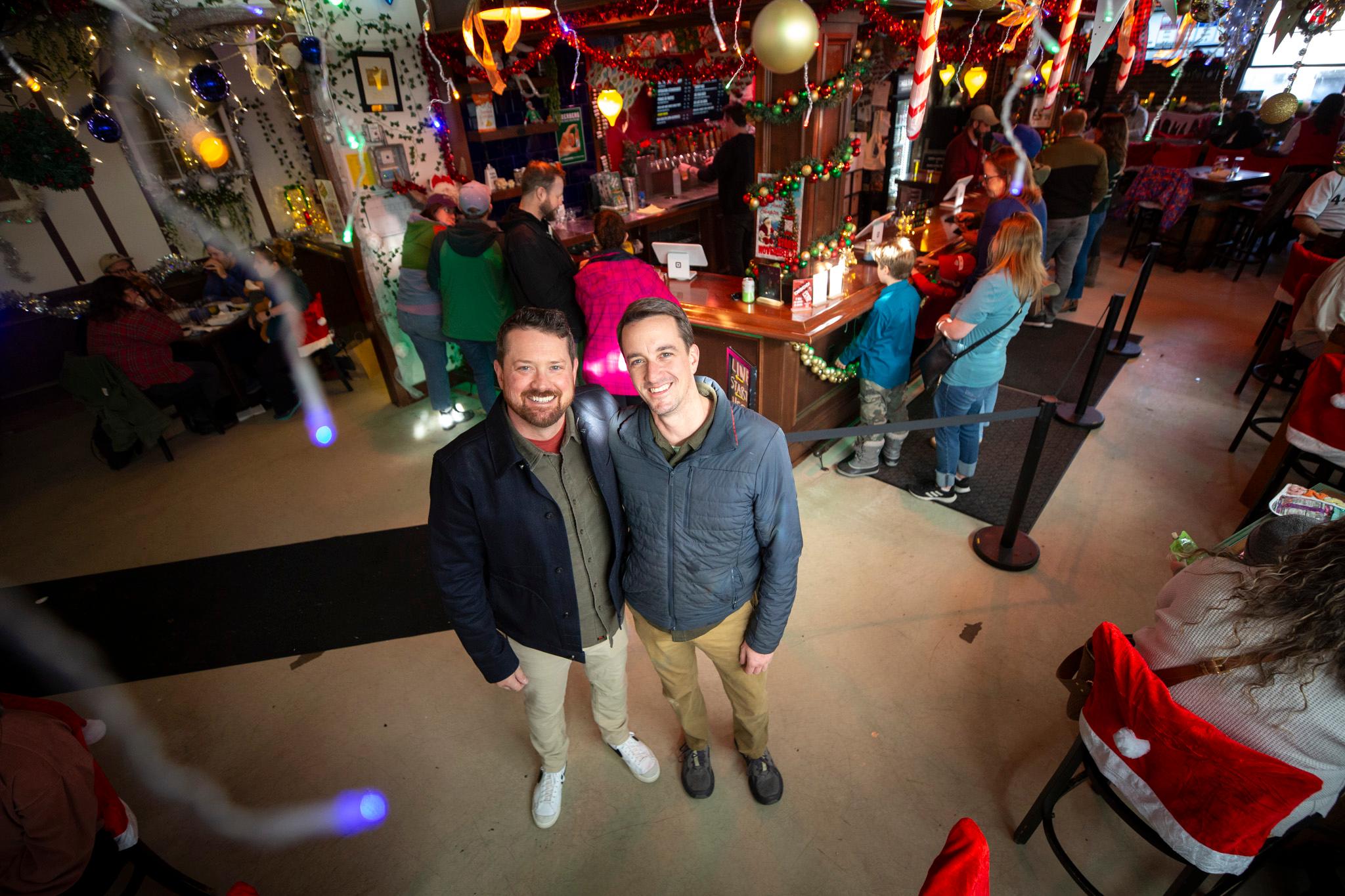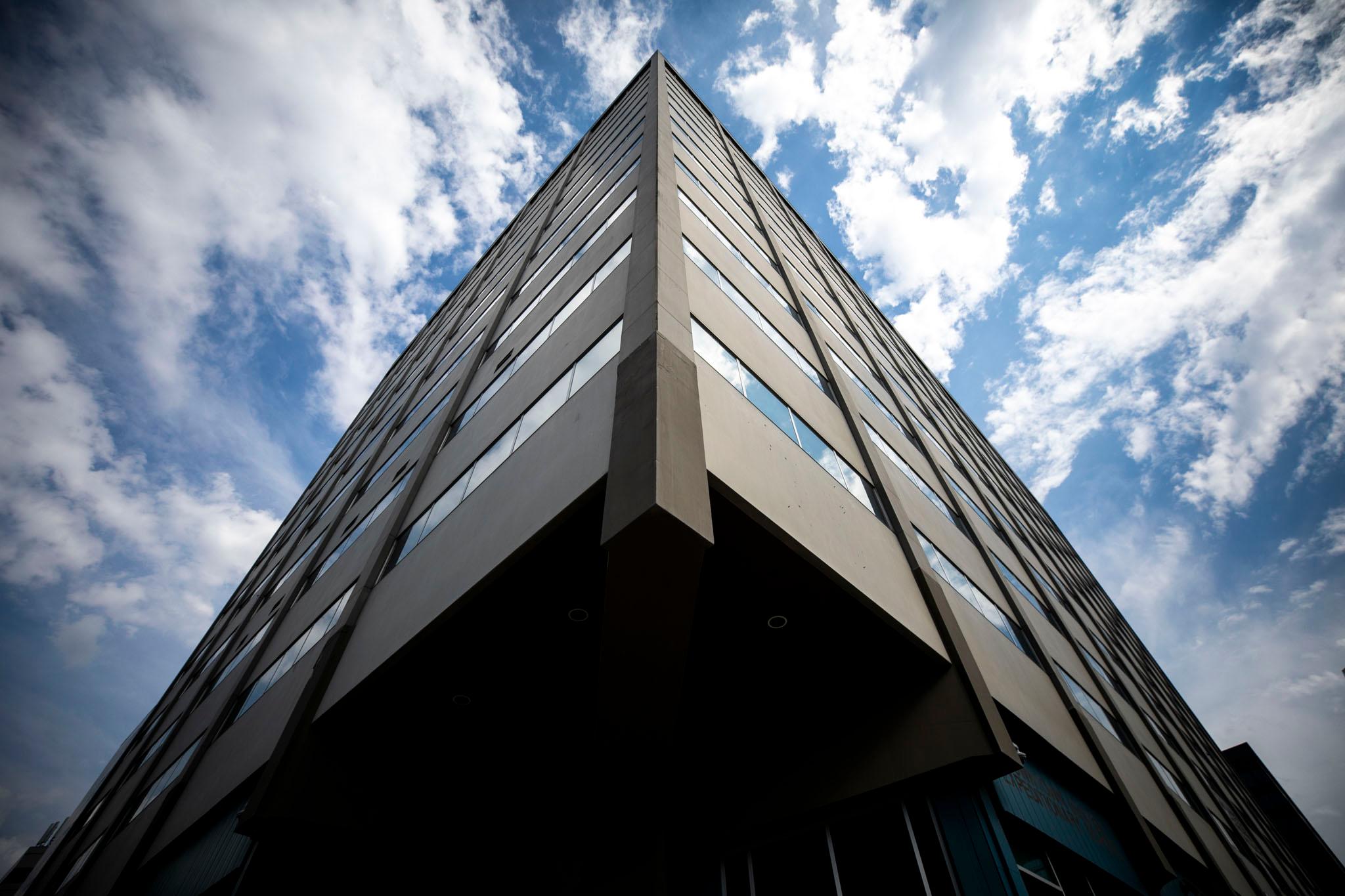Share
- Share "Do%20Denver%E2%80%99s%20lit%20buildings%20kill%20birds%3F%20Nobody%20knows%2C%20so%20volunteers%20have%20begun%20to%20count." on Facebook
- Share "Do%20Denver%E2%80%99s%20lit%20buildings%20kill%20birds%3F%20Nobody%20knows%2C%20so%20volunteers%20have%20begun%20to%20count." on Bluesky
- Share "Do%20Denver%E2%80%99s%20lit%20buildings%20kill%20birds%3F%20Nobody%20knows%2C%20so%20volunteers%20have%20begun%20to%20count." on Twitter
- Share "Do%20Denver%E2%80%99s%20lit%20buildings%20kill%20birds%3F%20Nobody%20knows%2C%20so%20volunteers%20have%20begun%20to%20count." on Reddit
- Share "Do%20Denver%E2%80%99s%20lit%20buildings%20kill%20birds%3F%20Nobody%20knows%2C%20so%20volunteers%20have%20begun%20to%20count." on LinkedIn
- Share "Do%20Denver%E2%80%99s%20lit%20buildings%20kill%20birds%3F%20Nobody%20knows%2C%20so%20volunteers%20have%20begun%20to%20count." on Whatsapp
- Share "Do%20Denver%E2%80%99s%20lit%20buildings%20kill%20birds%3F%20Nobody%20knows%2C%20so%20volunteers%20have%20begun%20to%20count." on Email
